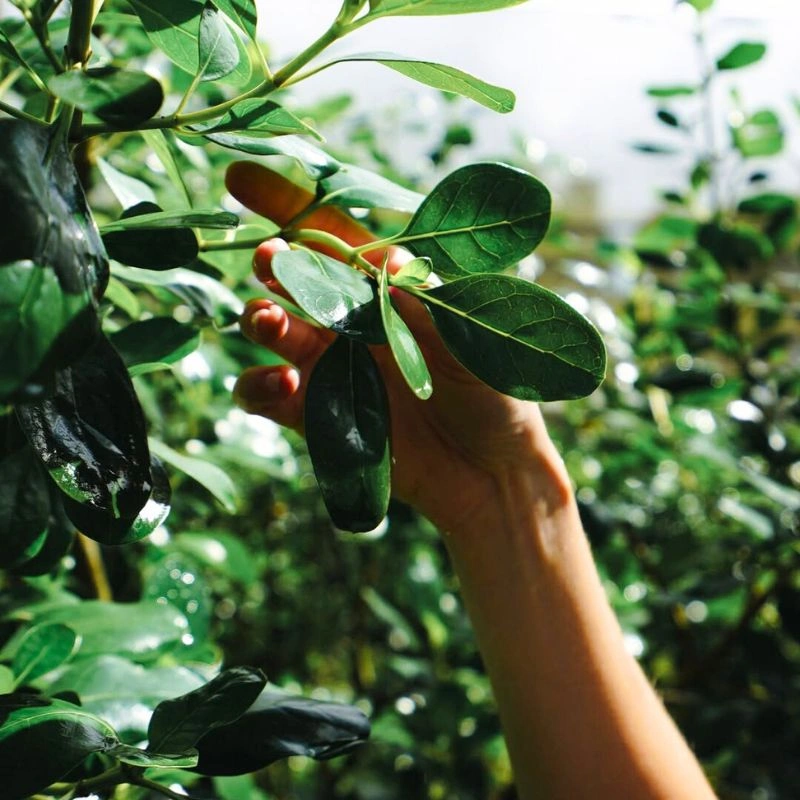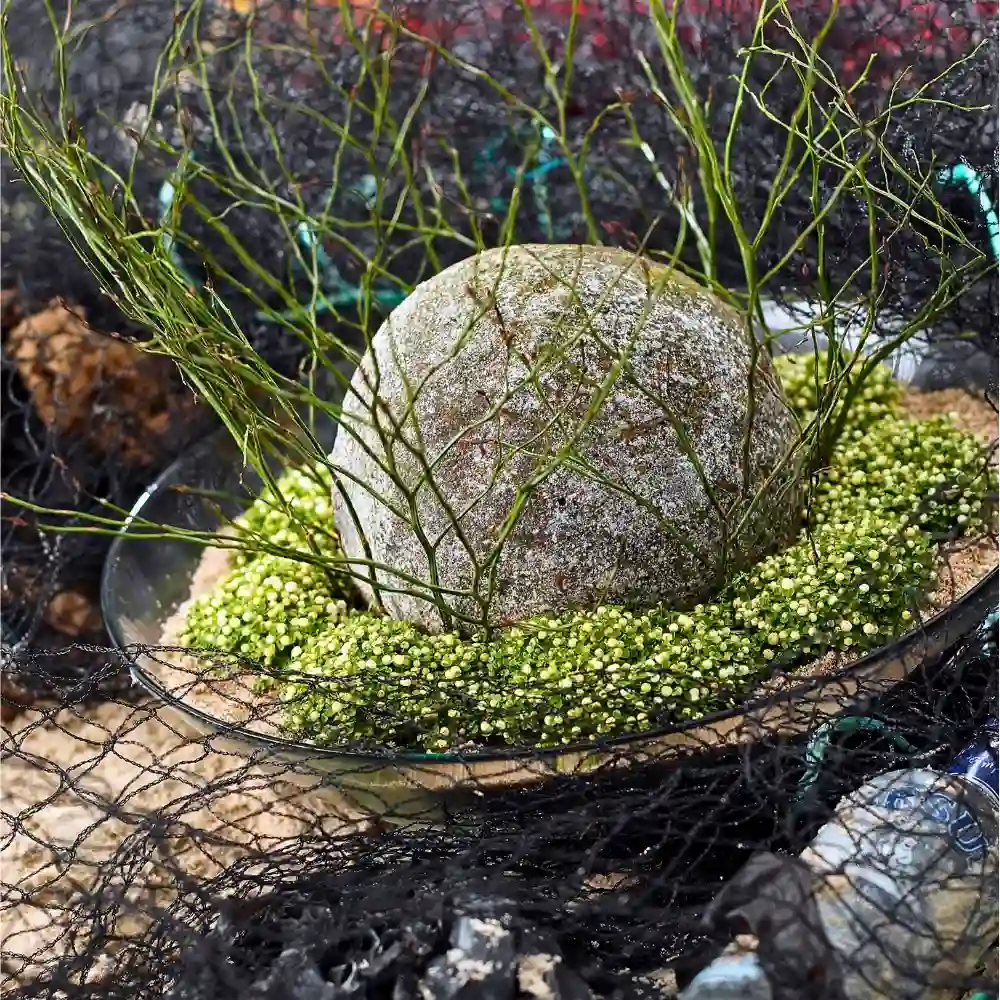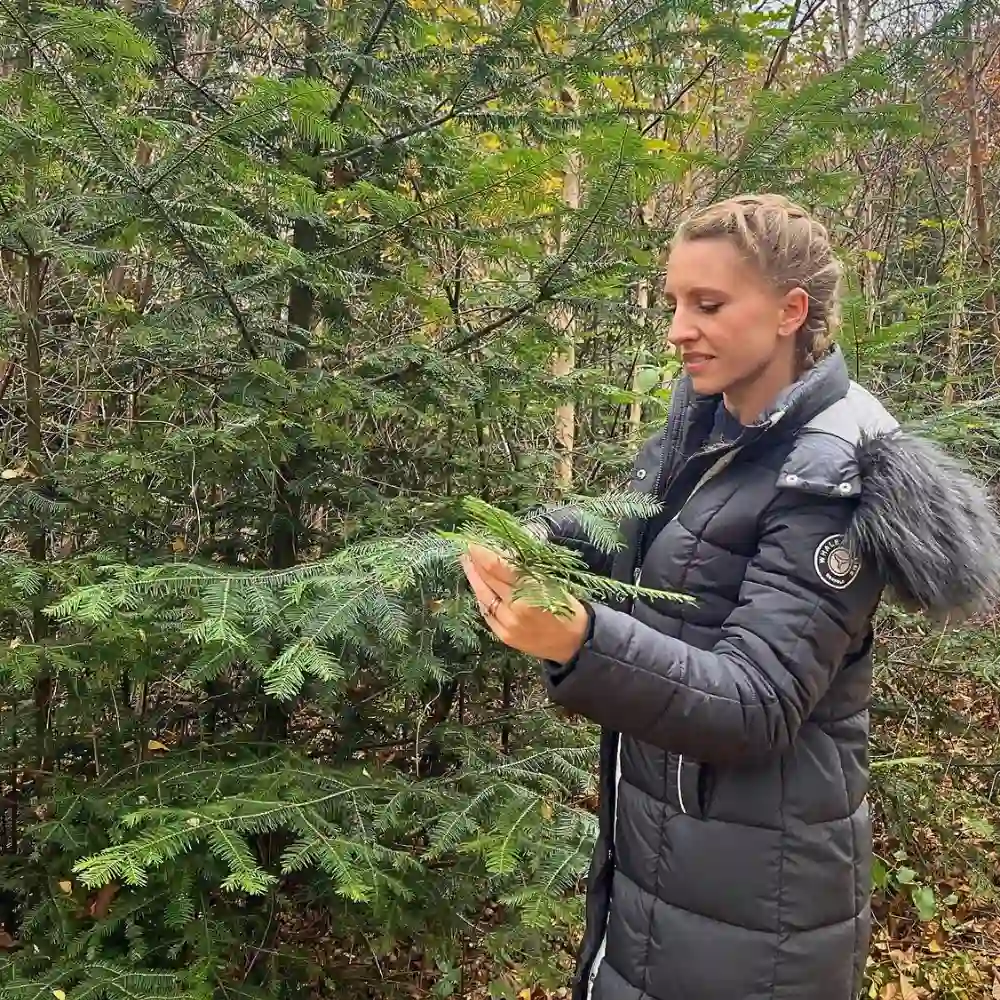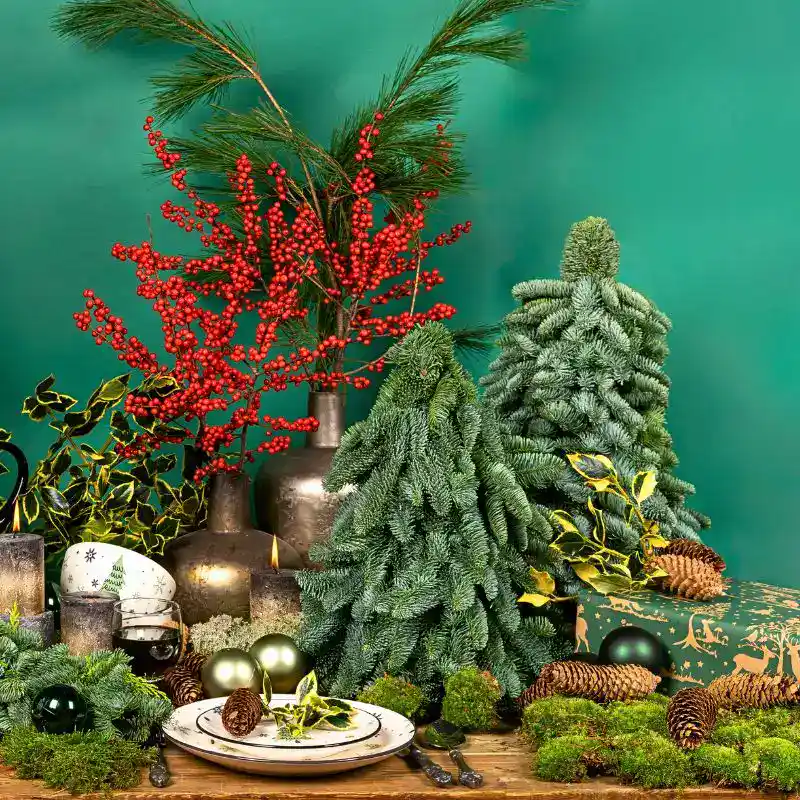With a unique set of names and equally exceptional qualities, it comes as no surprise that the Aralia — originating in Japan and therefore also known as Fatsia japonica — has and continues to gain significant popularity in different floral design concepts. It has all the looks and qualities to catch your attention. Also Adomex — the specialist of greens, exotics, and filler flowers — has noticed this versatile and attractive foliage and has found some of the best growers to match the quality demands of their famous OrcaGreen label.
Botanical Profile of Aralia and Its Unique Qualities
Native to the forests of Japan, and also Korea, and Taiwan, this evergreen shrub is renowned for its large, glossy leaves and its ability to thrive in a wide range of environments. In quintessence, the Japanese Aralia also, sometimes known as the glossy-leaved paper plant, is an attractive broadleaf shrub known to bring an exotic touch of the tropics to floral designs in which it is used.
Fatsia japonica belongs to the Araliaceae family and typically grows up to 2-3 meters in height, with a spread of 1-2 meters. Its rich green leaves are palmate, measuring around 20-40 cm (8-16 inches) in diameter, and are deeply lobed.
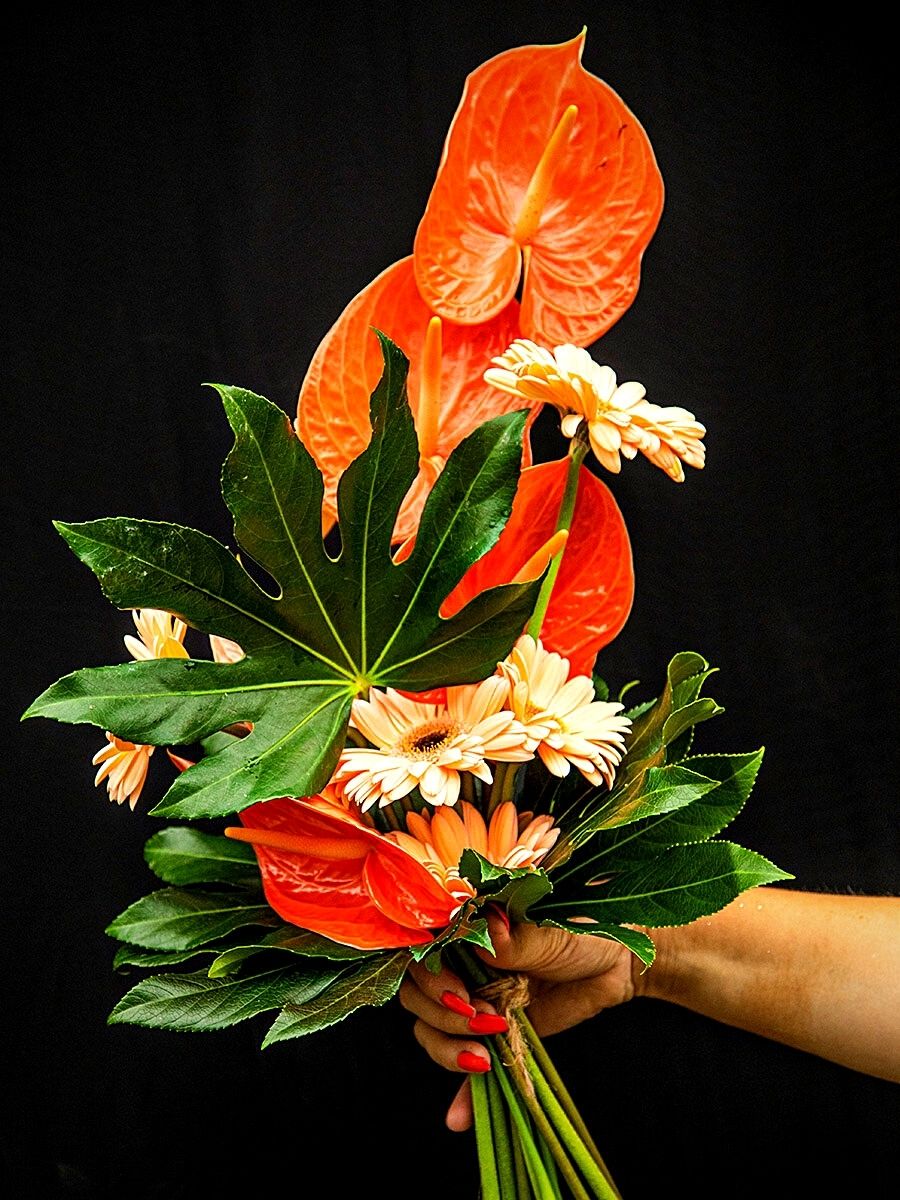
In the mid-fall months, the plant usually produces showy clusters of white pincushion flowers rising above the attractive green foliage. These clusters are usually followed by black berries that are not quite ornamentally significant. It's definitely only about the shape, size, and strength of the foliage that makes Aralia an appealing choice for floral designers. That's exactly why Adomex added this leaf to its portfolio since you know OrcaGreen brand as the high-quality cut greenery used by florists and designers around the world in bouquets, floral arrangements, and other floral creations.
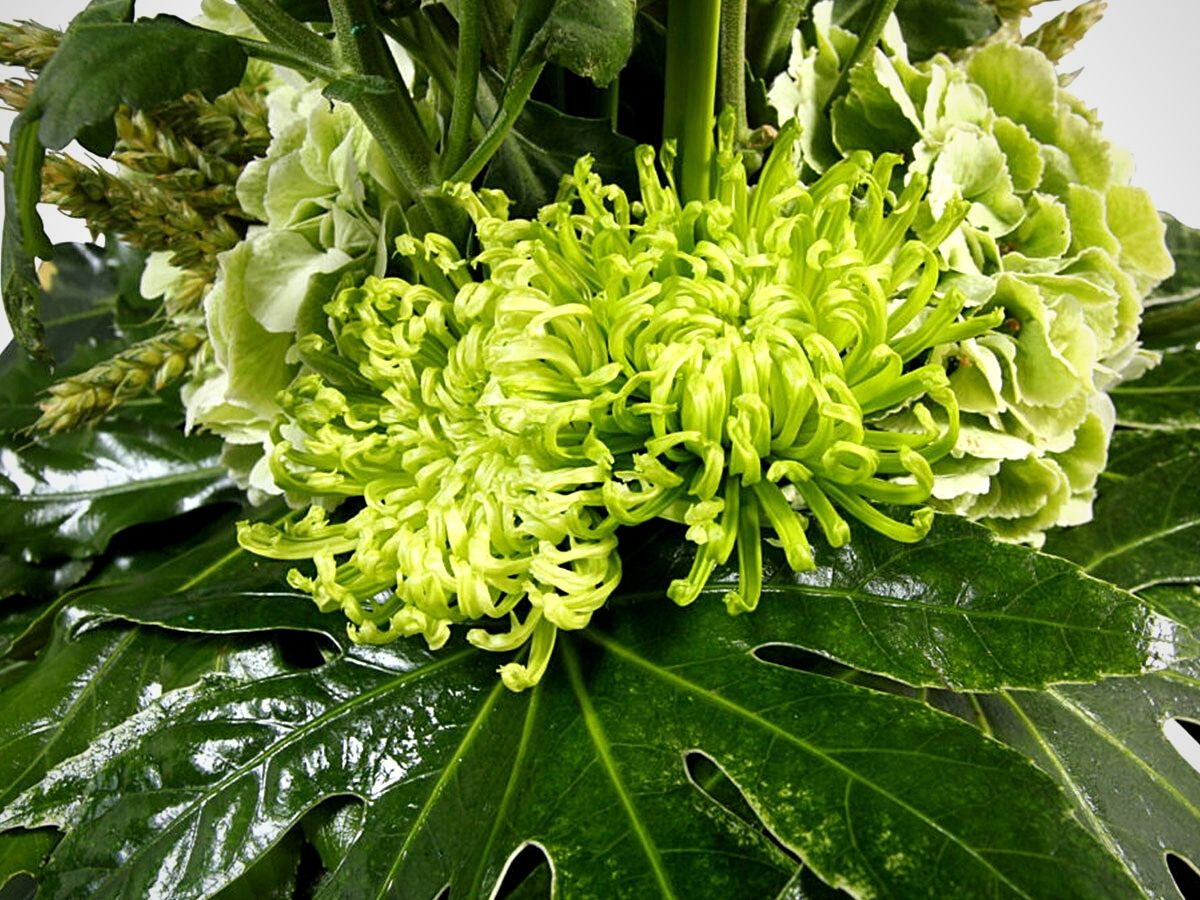
Adomex’s Exotic and Elegant Aralia for OrcaGreen
Aralia owes its beautiful name to a rich history that goes back to Japan. The leaves have eight lobes and 'fatsi' means 'eight' in ancient Japanese. And because the leaf’s shape is reminiscent of a hand, in the Netherlands, Aralia is called Vingerplant (Finger Plant). Thus, this distinctive cut greenery, with its characteristic eight-lobed leaves, simply adds a unique elegance to every floral arrangement in which it is incorporated.
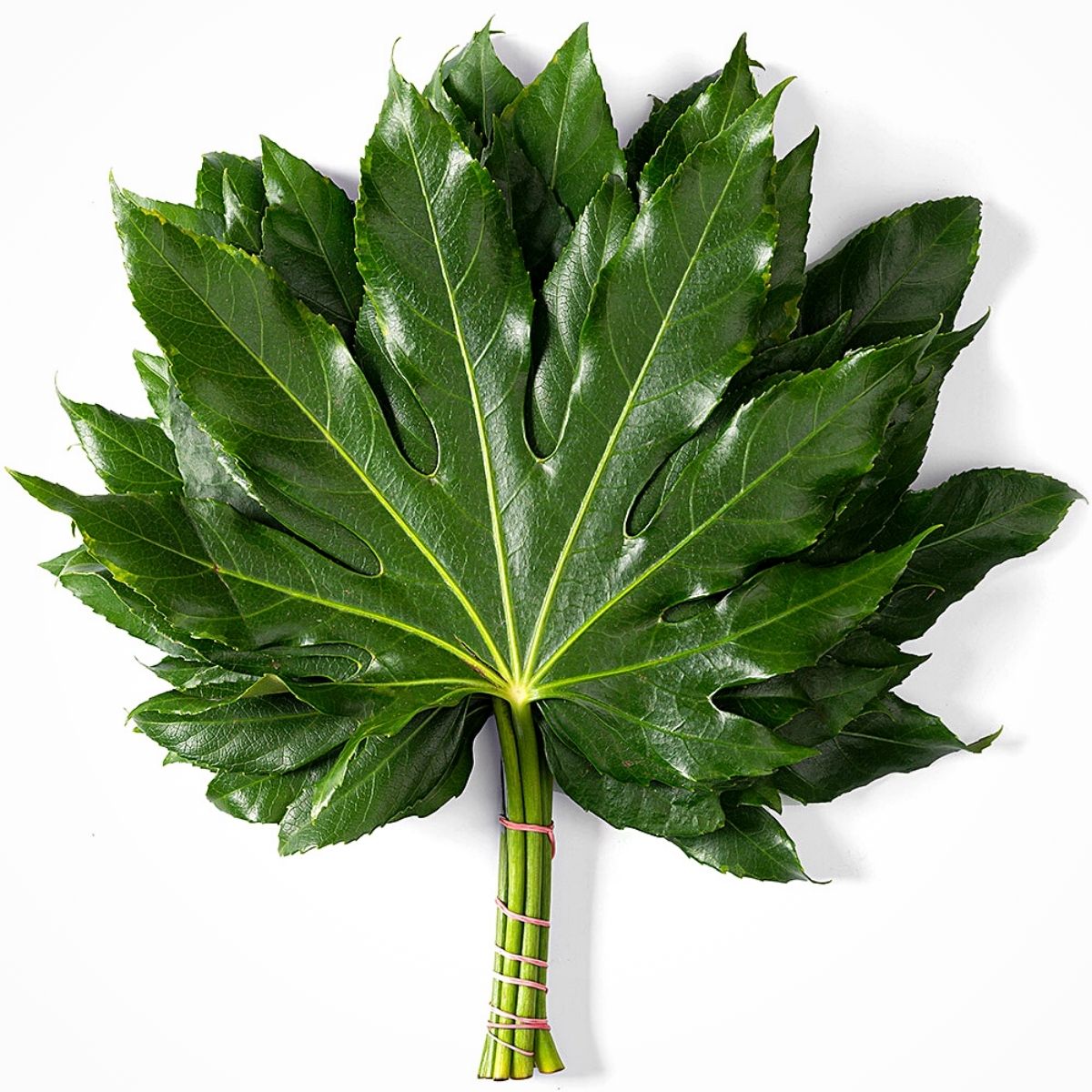
Aralia was originally grown in Japan and then later also in many other countries. This explains why Adomex imports all its Aralia for the OrcaGreen label from Costa Rica and Guatemala where the beautiful, exotically-shaped leaves are sourced from plants grown under shade cloths (saran) so that they retain their lively green color.
After harvesting the leaves are usually washed and sorted by length, which varies from 20 to 80 centimeters.
Adomex imports the Aralia every week which enables the decorative green supplier to have an all-year-round provision of Aralia, whose exotic, soft shape makes the leaves a very versatile addition to bouquets and corsages, including as a decorative round arrangement or as an edging or collar for the bouquets.
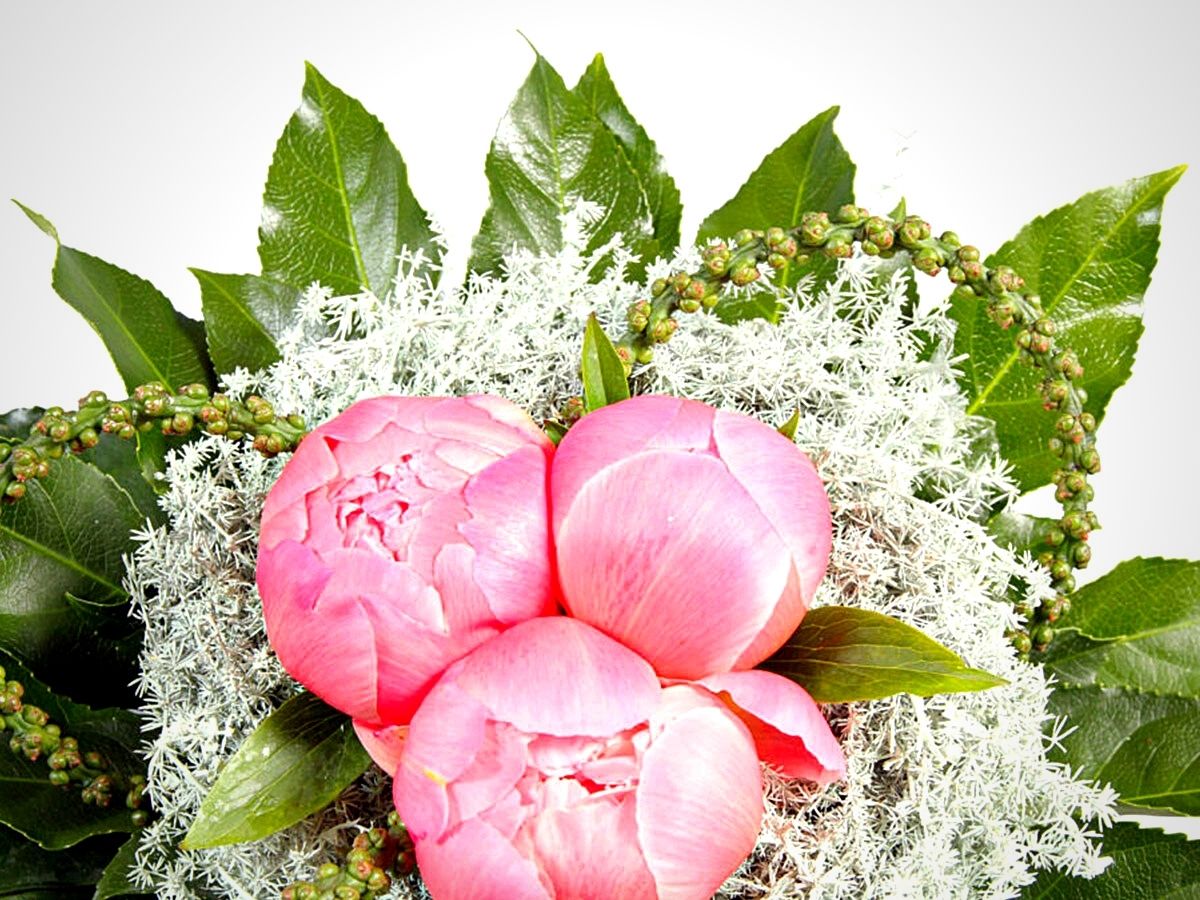
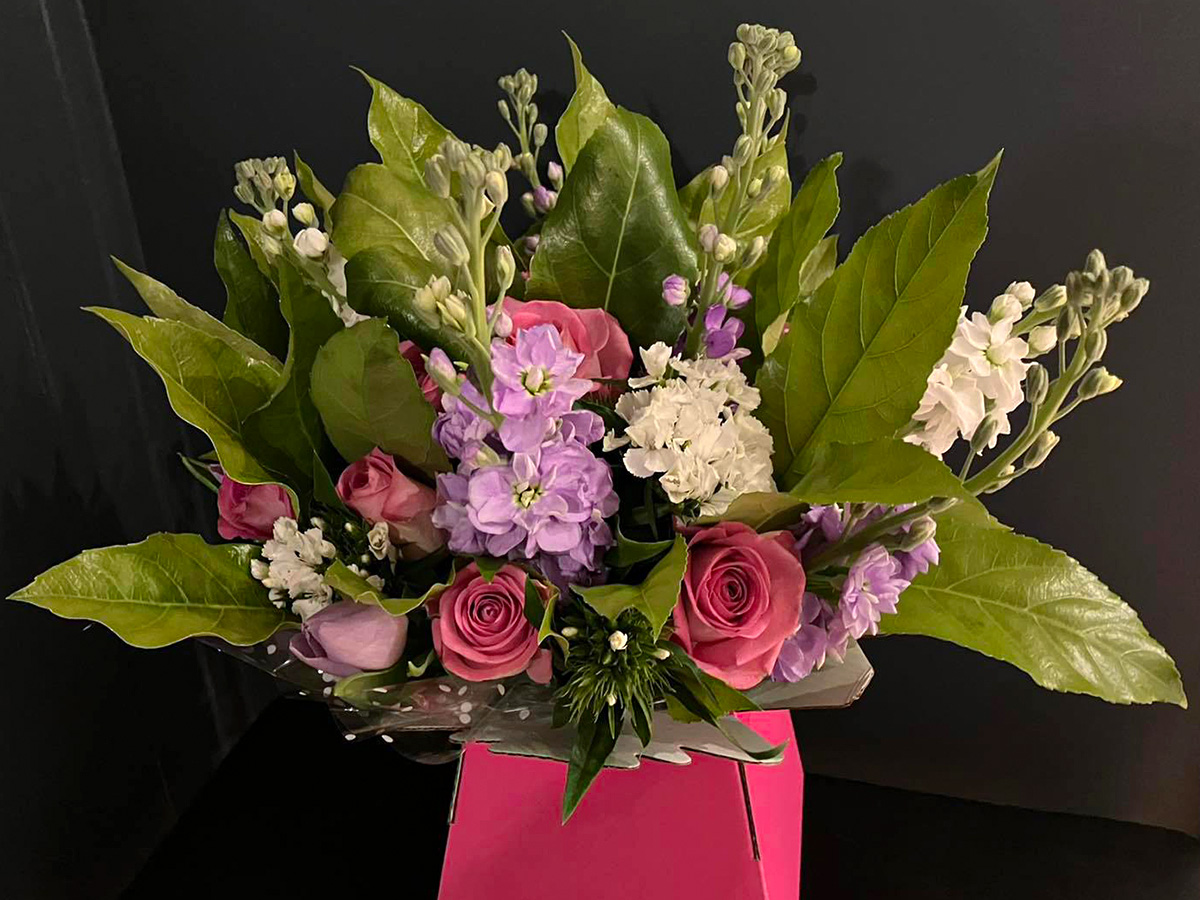
Floral Design Concepts in Which Aralia Perfectly Blends
Fatsia japonica is versatile when used as a cut greenery. It can be used in many different ways in floral arrangements and also designs. Its true magic thrives in floral arrangements. The unique foliage of Aralia adds texture and depth to these arrangements, with its large leaves serving as a striking base for bouquets and centerpieces, creating an appealing focal point.
In these designs, the glossy surface of the leaves beautifully reflects light, adding a dash of exotic elegance to any floral composition. Plus, its long-lasting foliage ensures that arrangements remain visually appealing for extended periods. These are qualities that make it a valuable addition to professional florists and even DIY enthusiasts.
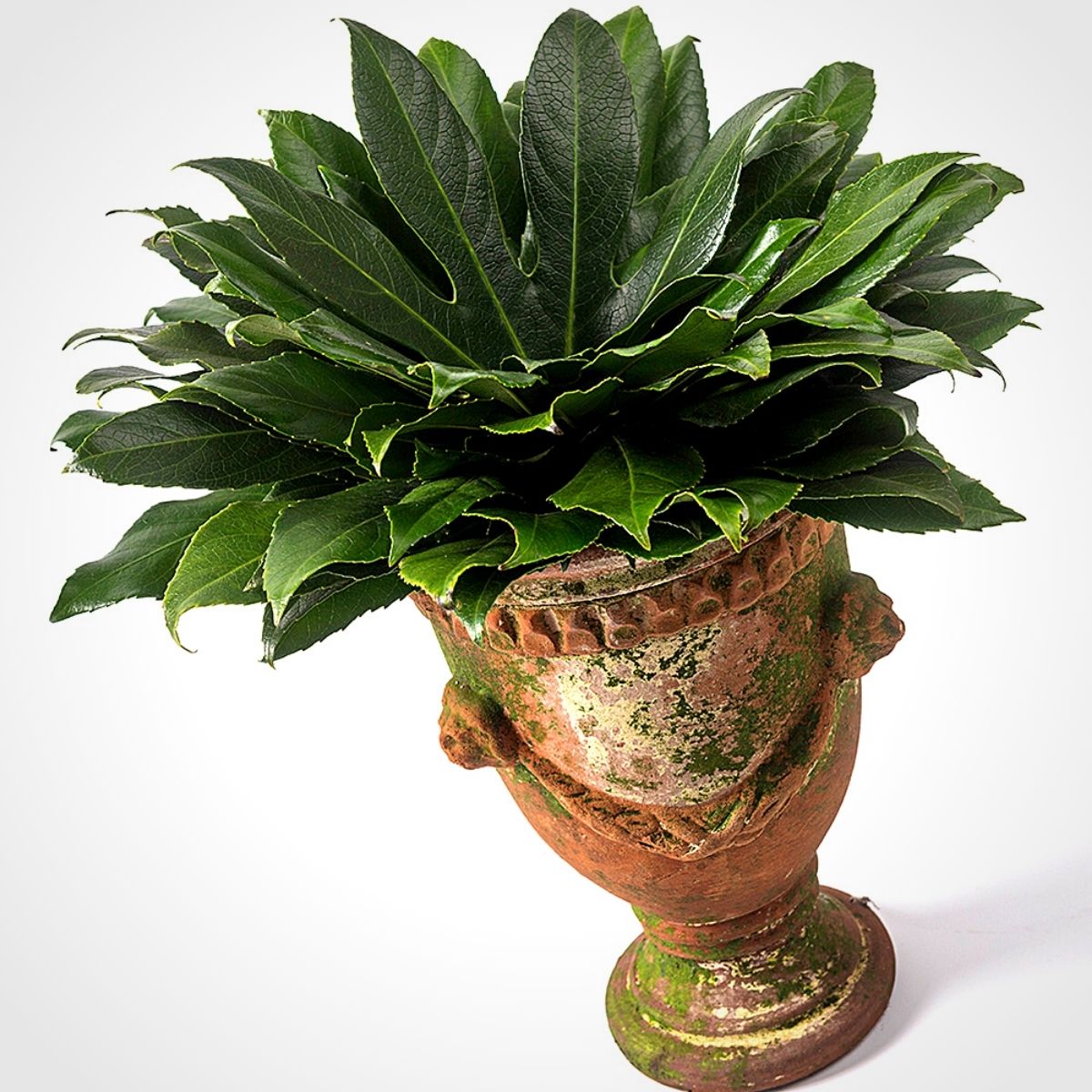
In indoor design concepts, this cut greenery can add a hint of chic and freshness to interior spaces. Put in a vase, its large, glossy leaves create a lush and tropical ambiance. This makes it a good choice for bringing the outdoors of the tropics inside. Fatsia japonica can also be used as a statement plant in a vase or as a focal point. In such designs, its architectural form and vibrant green color provide a visually appealing contrast against neutral walls or furniture.
This architectural form of Aralia, also, blends itself well into modern and contemporary design styles. The bold, sculptural foliage makes it an ideal choice for integrating with architectural elements such as walls. What’s more, the plant's unique shape and texture create interesting visual contrasts against smooth surfaces, improving the design’s overall aesthetics.
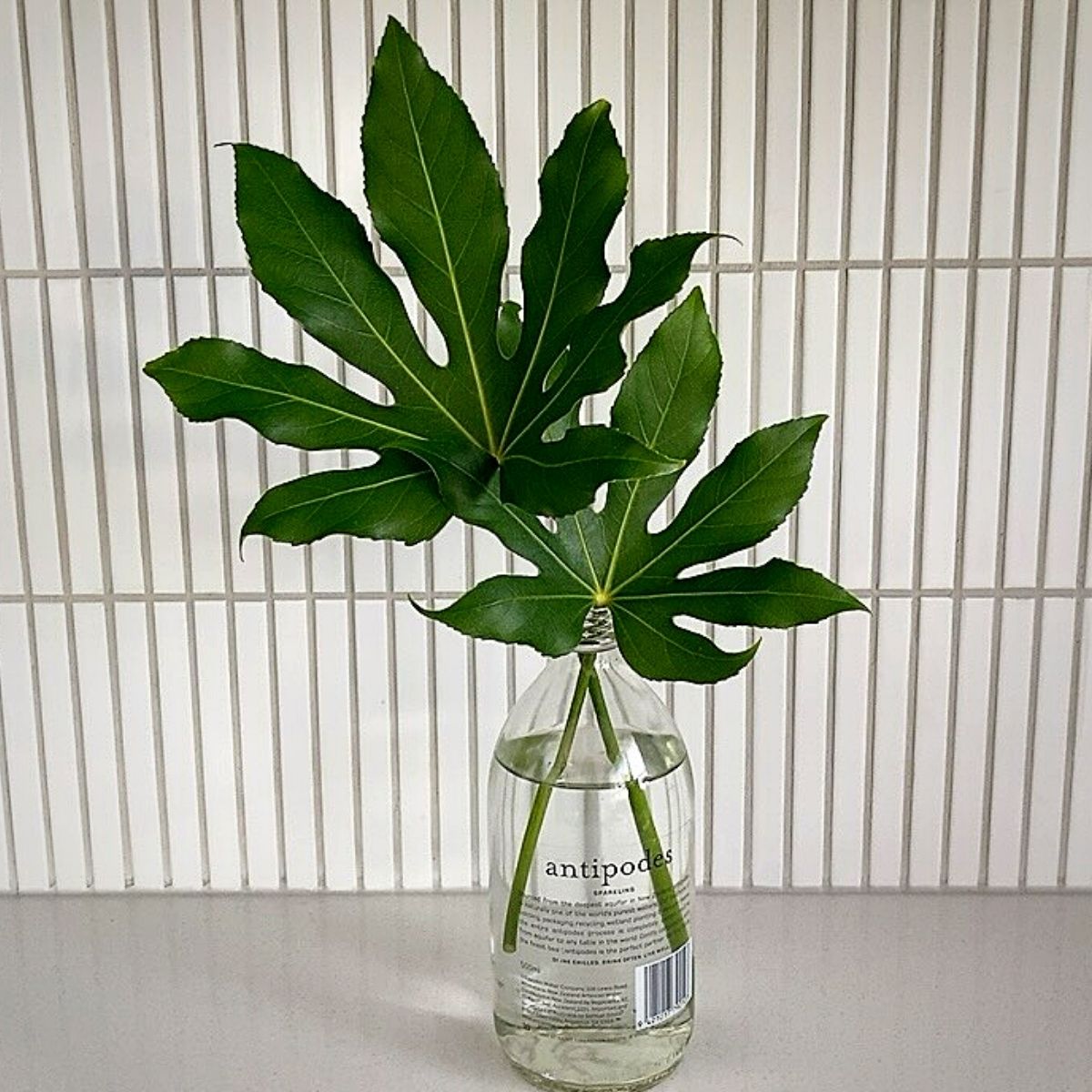
Photo by @_novembergreen_
Combining Aralia With Other Plants and Flowers in Designs
Combining cut Aralia with other plants and flowers can create unique and visually appealing floral arrangements. The Japanese Aralia’s large, glossy, palmate leaves add that tropical and exotic flair to such arrangements.
You can, therefore, create a tropical-themed arrangement in which you pair Aralia with other tropical plants and flowers to create a lush and vibrant arrangement. Consider using other tropical flowers in such floral arrangements and also, add some foliage like palm fronds to enhance the tropical feel.
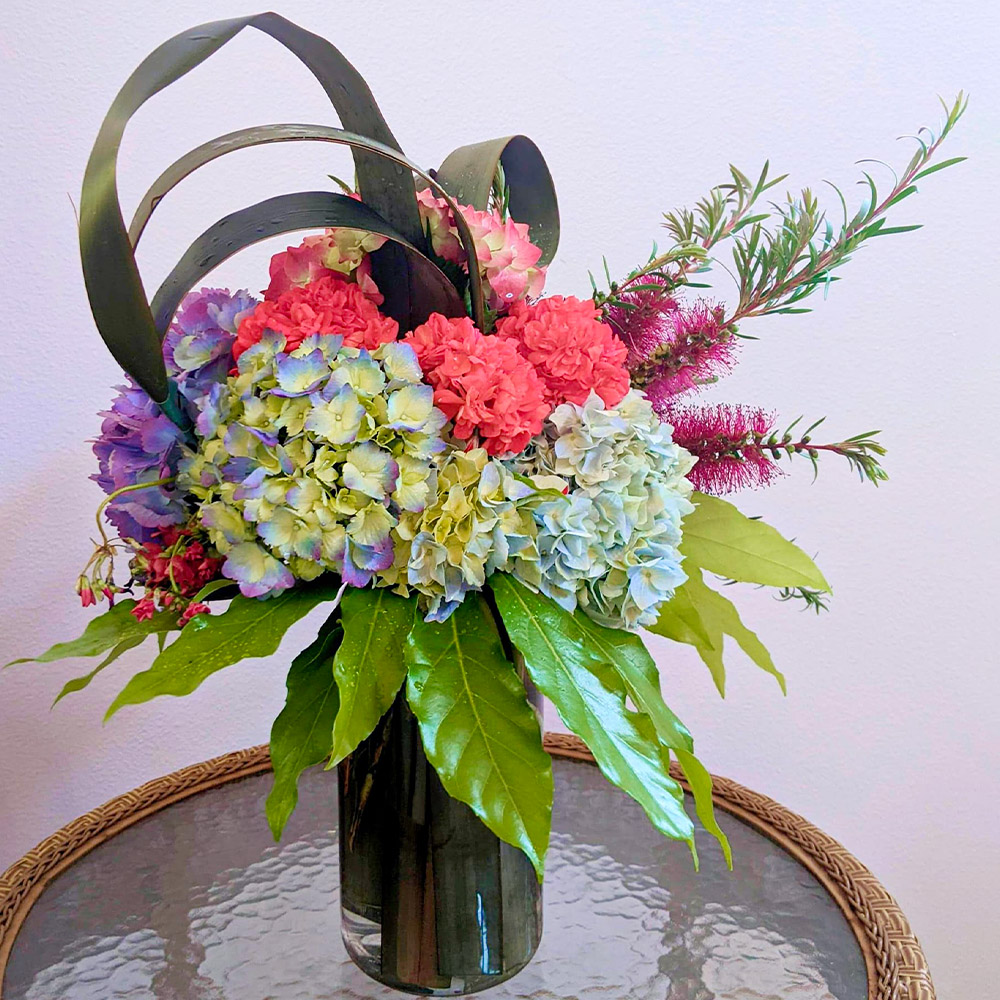
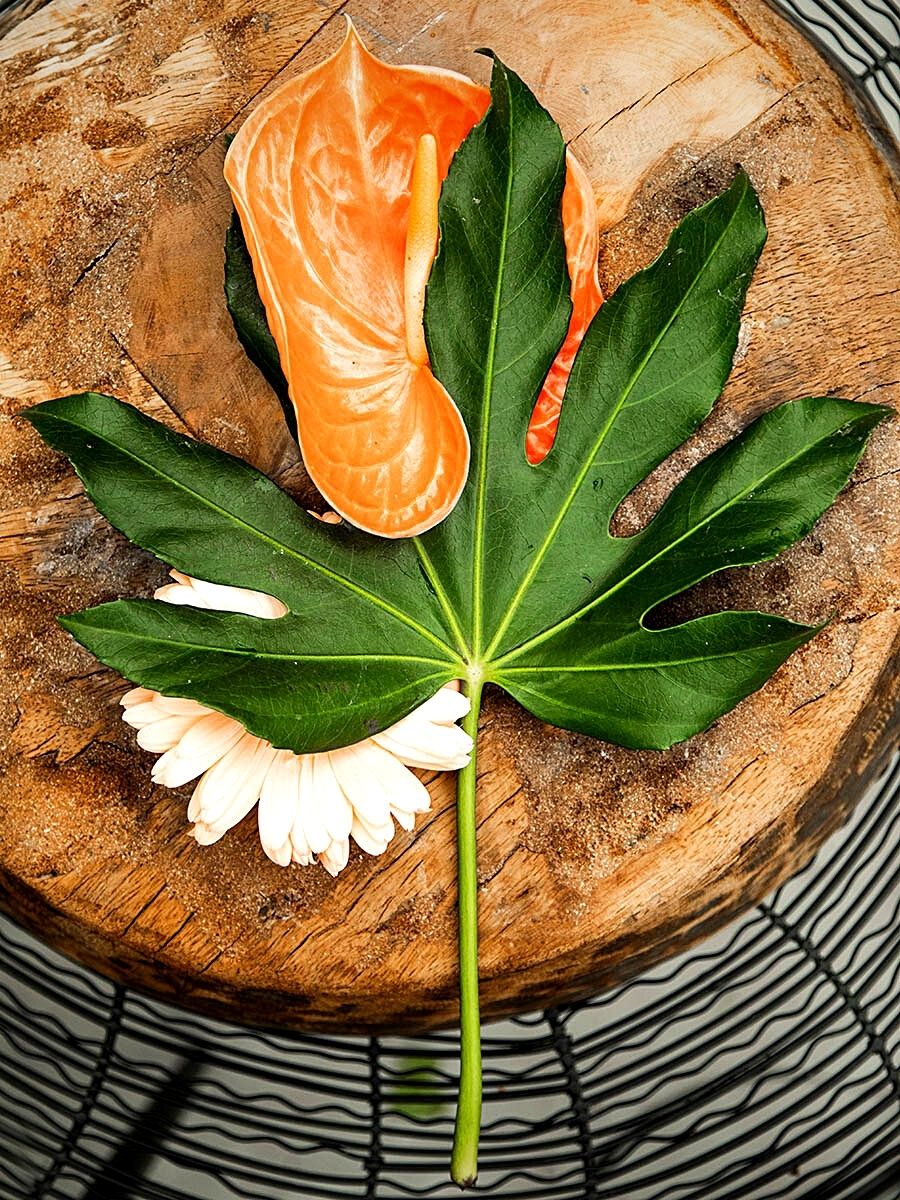
Aralia can also be used in a minimalist arrangement by creating a simple and elegant composition that combines this leaf with minimalist flowers and other types of foliage. Choose flowers with clean lines and a monochromatic color scheme, and use minimal foliage, like bear grass, to complement the clean aesthetic.
In a woodland-inspired arrangement, Aralia can be combined with flowers and foliage that evoke a woodland or natural theme. In addition to varieties of wildflowers, one can incorporate branches, twigs, moss, and varieties of fern to add the required texture and create a forest-like atmosphere.
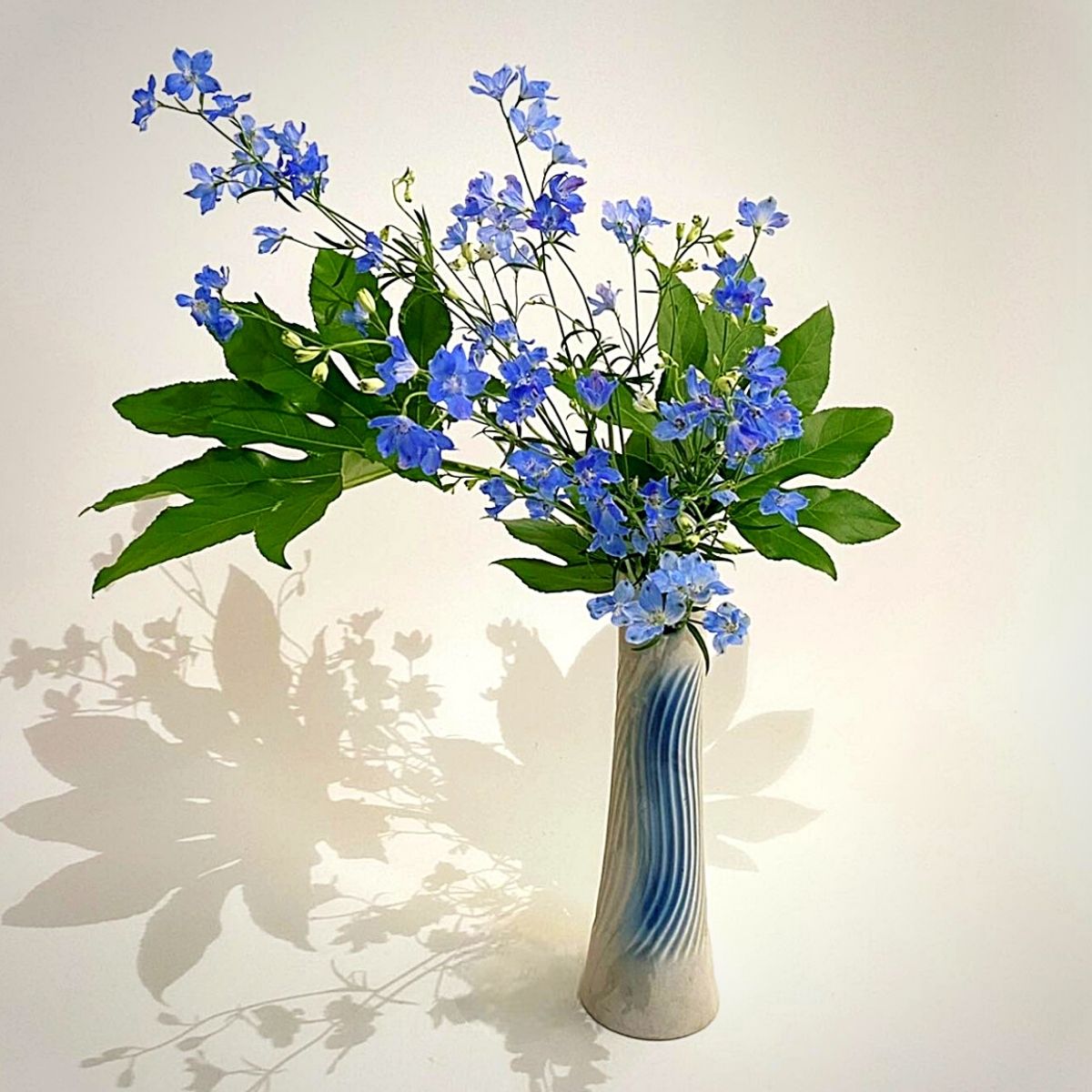
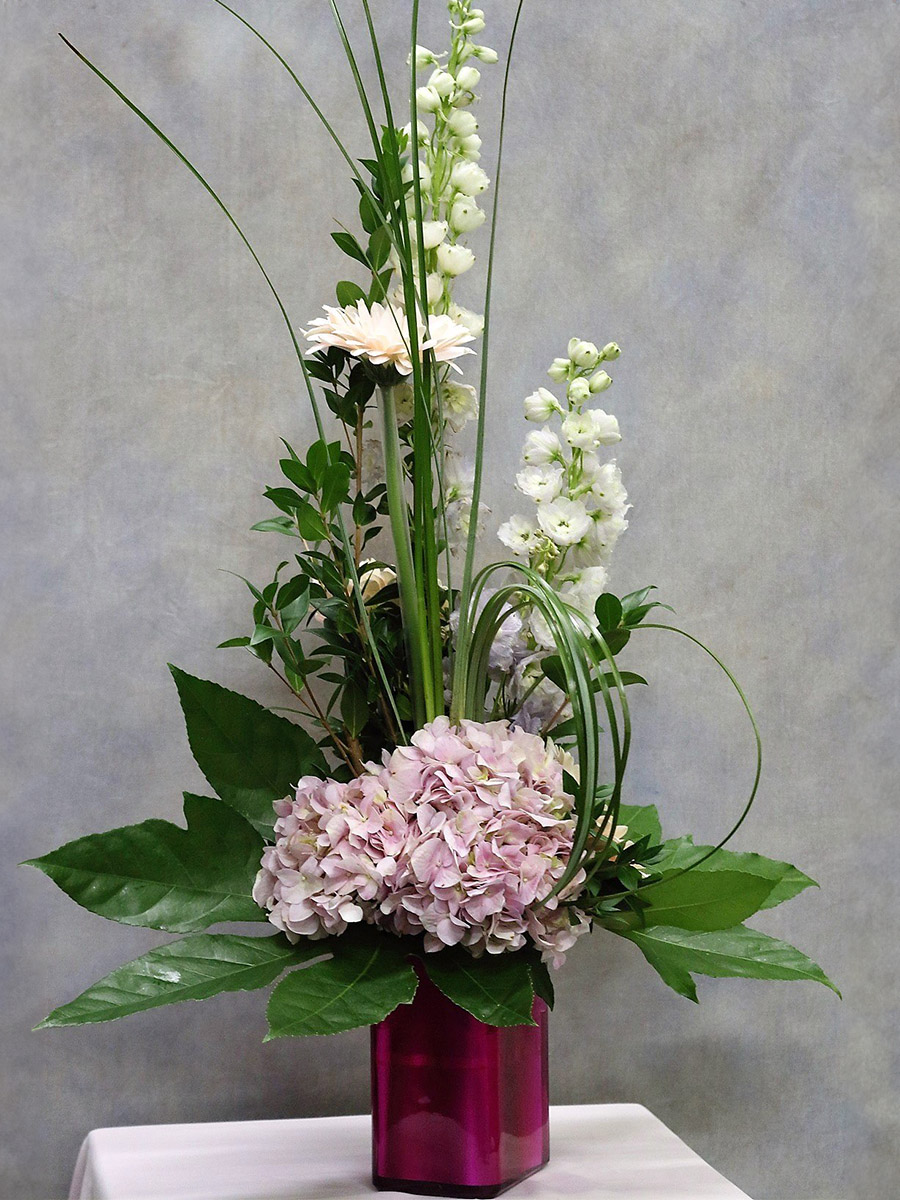
Aralia leaves can also be used in a modern arrangement in which it works well too. In these contemporary floral arrangements, one can pair them in an ikebana piece or modern design with a showy flower such as a protea or with different succulents. Use some clean-lined containers or vases to enhance the modern aesthetic.
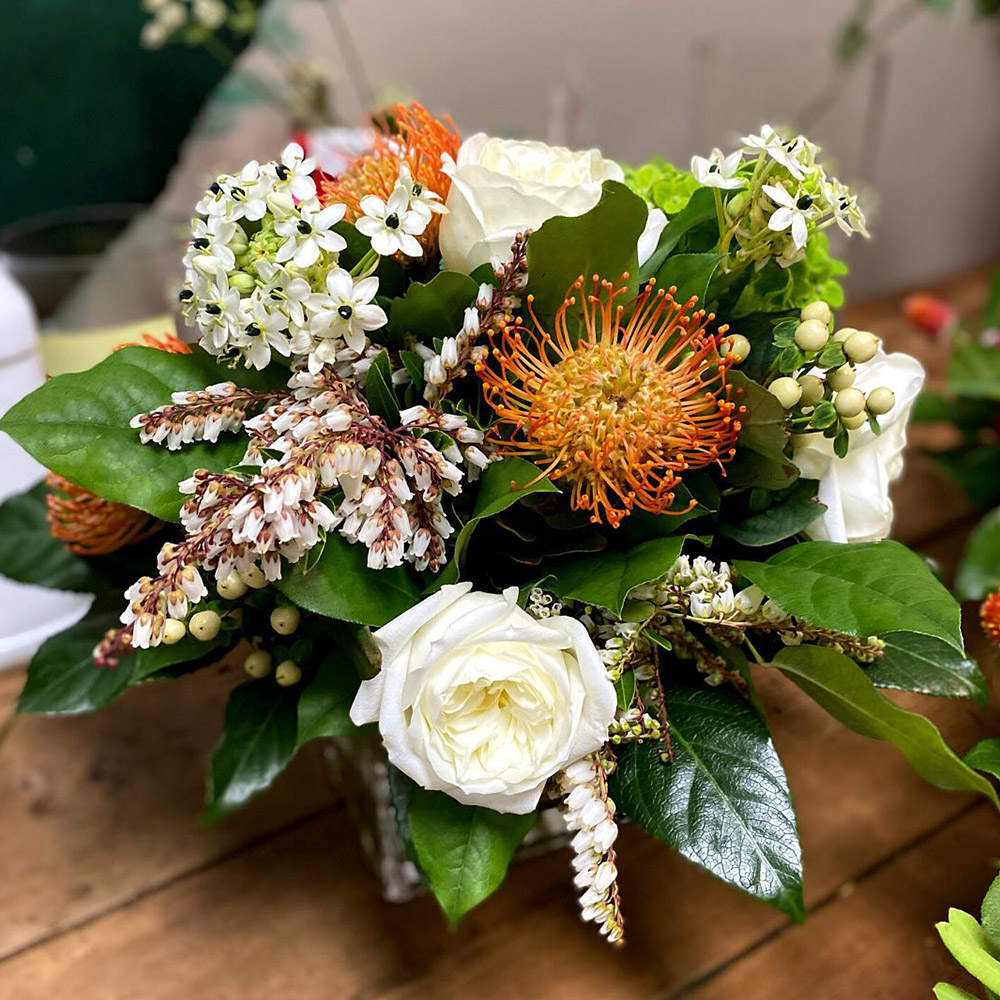
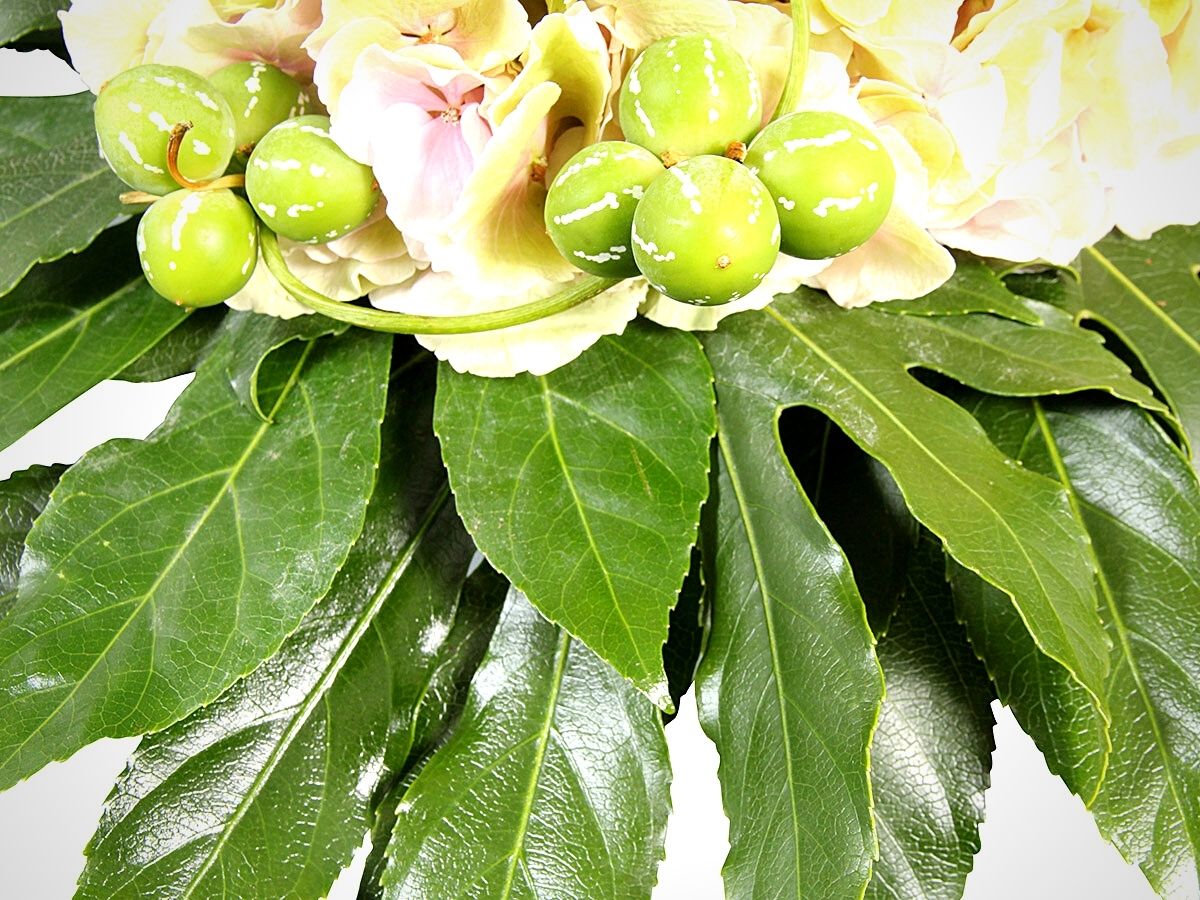
It is, however, noteworthy to consider the color, texture, and form of the other plants and flowers when combining them with Aralia. Furthermore, you may experiment with different combinations to create arrangements that suit your unique style and the occasion.
All images by Adomex, unless otherwise noted.



